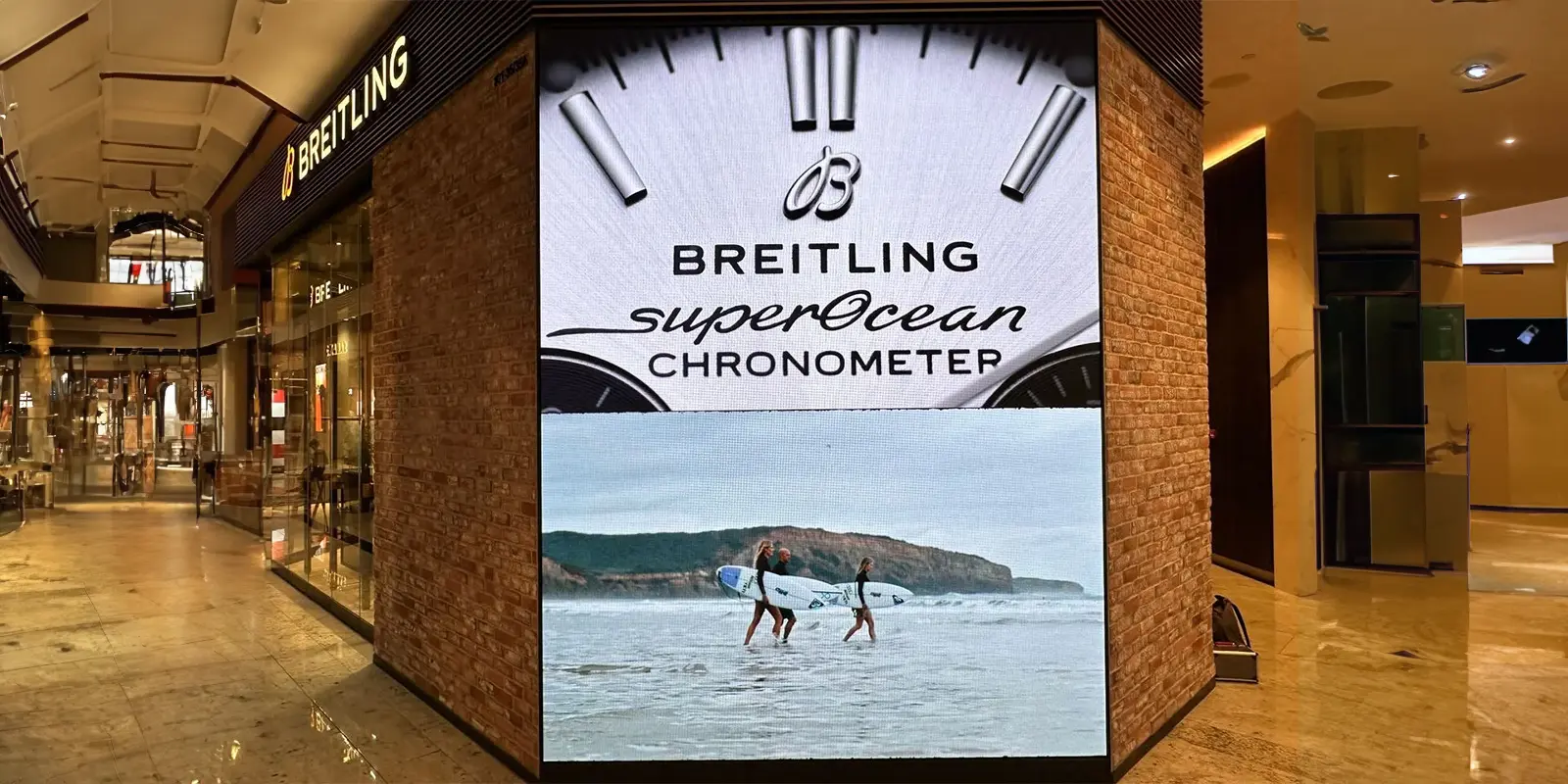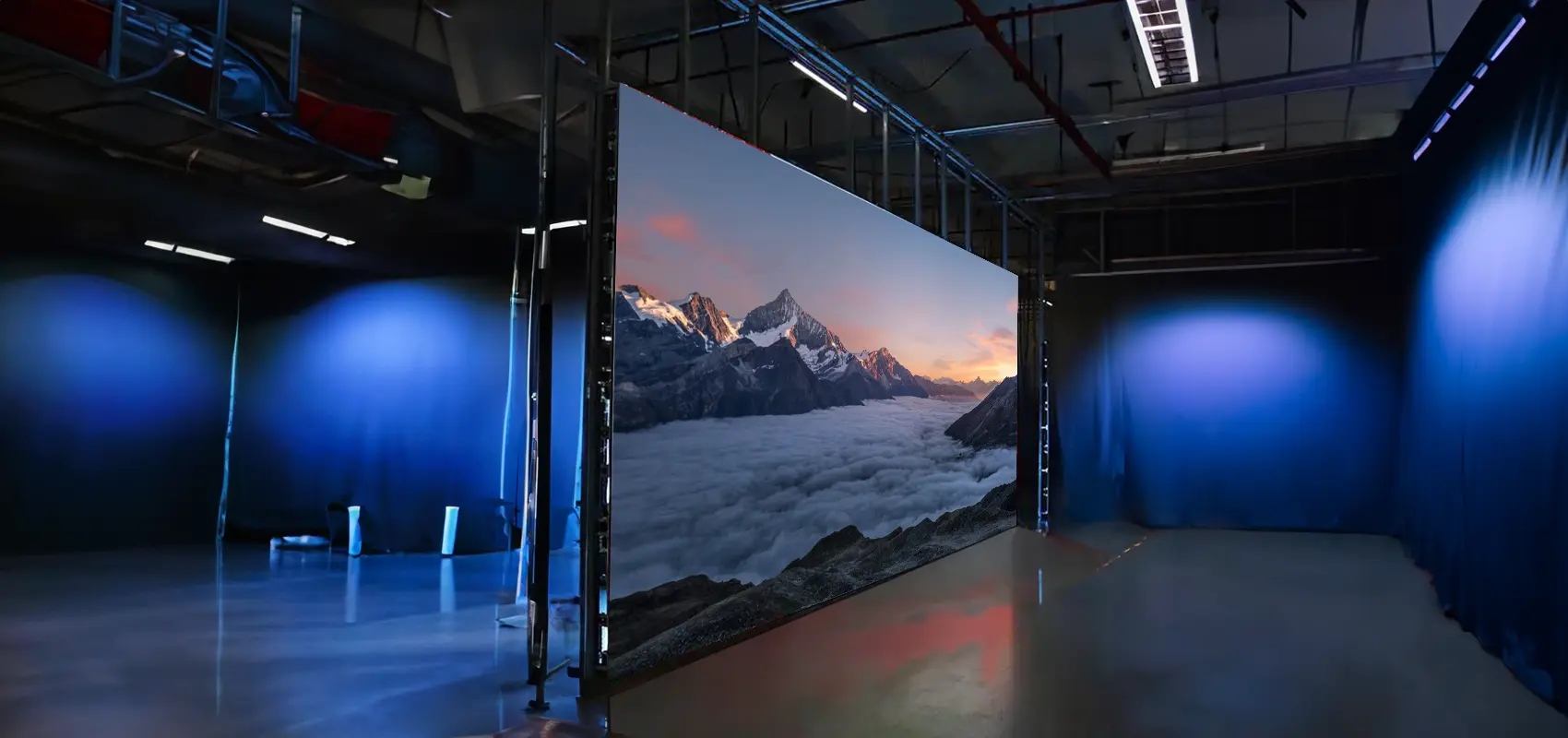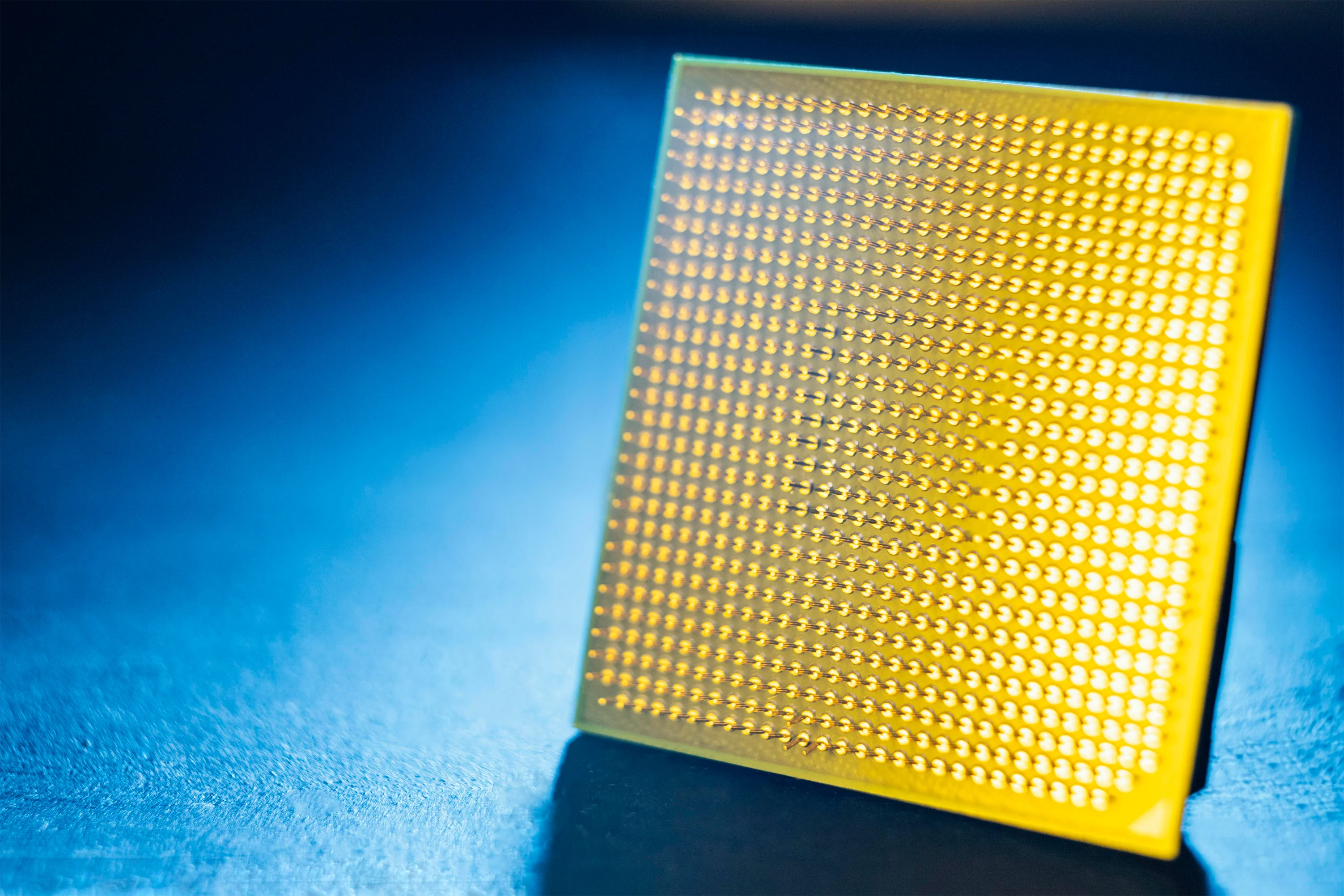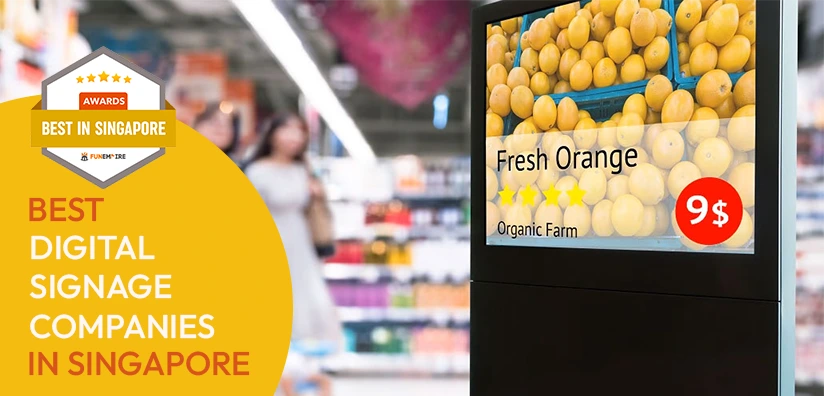LED Display Panel: Heated Debate

Did you know heat can significantly shorten an LED Display Panel’s lifespan? For many businesses, the investment of a LED Display Panel is long-term purchase. Budget is a top consideration when it comes to purchasing a LED Screen. In this blog, we’ll delve into the factors that influence the cost and how these factors ultimately benefit the end result. As a supplier, it is our role to shed light on the factors that justify the price of the LED Display. With nearly a decade of experience in the market, we recognize that cost is a significant concern for every business.
Here at Zoom Visual, we present ourselves not just as a supplier but also a solution provider. To better understand our client’s, what we commonly ask are the size, the application, and specific specifications. In this blog, we’ll explore the distinctions between COB (Chip-on-Board) and SMD (Surface Mount Device) their relationship, with heat dissipation.
To begin with, let’s understand the difference between COB and SMD and how they affect the LED Display Panel.
Both COB and SMD are refer to how the LED chips are mounted and connected to the circuitry on a Printed Circuit Board (PCB). The two differ in brightness, colour accuracy, heat dissipation, pixel density and durability. COB LED Display Screen excels in providing higher brightness level and heat dissipation. SMD LED Display Screen are outperforms COB in smaller pixel density, colour accuracy. It is important to note that COB LED Screen are more expensive than SMD Screen. This is because COB LED chips are mounted closer and are made of better heat conductivity materials.
On the other hand, COB LED Screen loses when it comes to clear and detailed display quality. The smaller SMD LED allow for higher pixel density and finer image quality. The biggest advantage SMD LED have over COB is its cost and image quality. In any business, when it comes to advertising, clarity and readability is key. This is why most Indoor LED Screen uses SMD technology.
Now, for the main point of this blog. What does heat dispersion got to do with a LED Screen lifespan?
The issues that arise with overheating include reduced LED lifespan, colour shift, image distortion, reduced brightness and many more. One of the common problems that businesses face are dead spots. Dead spots are individual LED elements that have stopped working or are no longer emitting light. As we mentioned earlier, COB LED cost more but have better heat dissipation.
Nonetheless, we recognized that cost plays a significant role in budget. Purchasing a SMD LED Display Screen does not equate to a shorter screen lifespan. Mitigating overheating in LED Screen starts with initial positioning, maintenance practices, and cooling solutions.
Firstly, proper ventilation through planned positioning can help with heat dissipation. Consider the placement of the display that allows for natural airflow. Next, on the topic of operations, businesses can consider lowering the screen’s brightness. This is especially the case in well-lit indoor settings with controlled lighting conditions. Additionally, avoid displaying static contents for extended periods, as it can cause uneven wear on LEDs and produce heat. Instead, use slideshows or dynamic content. Finally, always verify the credibility of your supplier and confirm their quality with their range of clients.
Tags:
Error: Contact form not found.
We’d love to hear from you!
Whether you have a question about our services, pricing, or anything else, our team is ready to answer all your questions!



